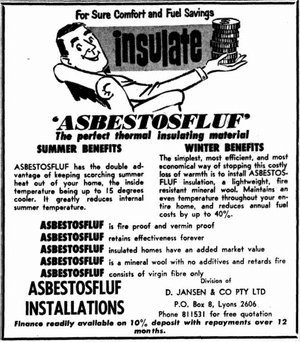Logan82
Structural
- May 5, 2021
- 212
Hi,
I have seen an offer to buy a house built in 1971 that was decontaminated of asbestos in Canada. I have seen several postings of houses built in 1970, without any mention of asbestos.
Is it usual to find house built around this time with asbestos? Is this one special because despite being built in 1971, it was decontaminated of asbestos unlike the other houses?
Is the asbestos decontamination process efficient typically? Are the small quantity of asbestos remaining in the house after decontamination typically sufficient to cause health risks?
My thought so far is to stay away from a house that was isolated with asbestos, but I would like to know your opinion. I know each decade had their house building problems.
I have seen an offer to buy a house built in 1971 that was decontaminated of asbestos in Canada. I have seen several postings of houses built in 1970, without any mention of asbestos.
Is it usual to find house built around this time with asbestos? Is this one special because despite being built in 1971, it was decontaminated of asbestos unlike the other houses?
Is the asbestos decontamination process efficient typically? Are the small quantity of asbestos remaining in the house after decontamination typically sufficient to cause health risks?
My thought so far is to stay away from a house that was isolated with asbestos, but I would like to know your opinion. I know each decade had their house building problems.

